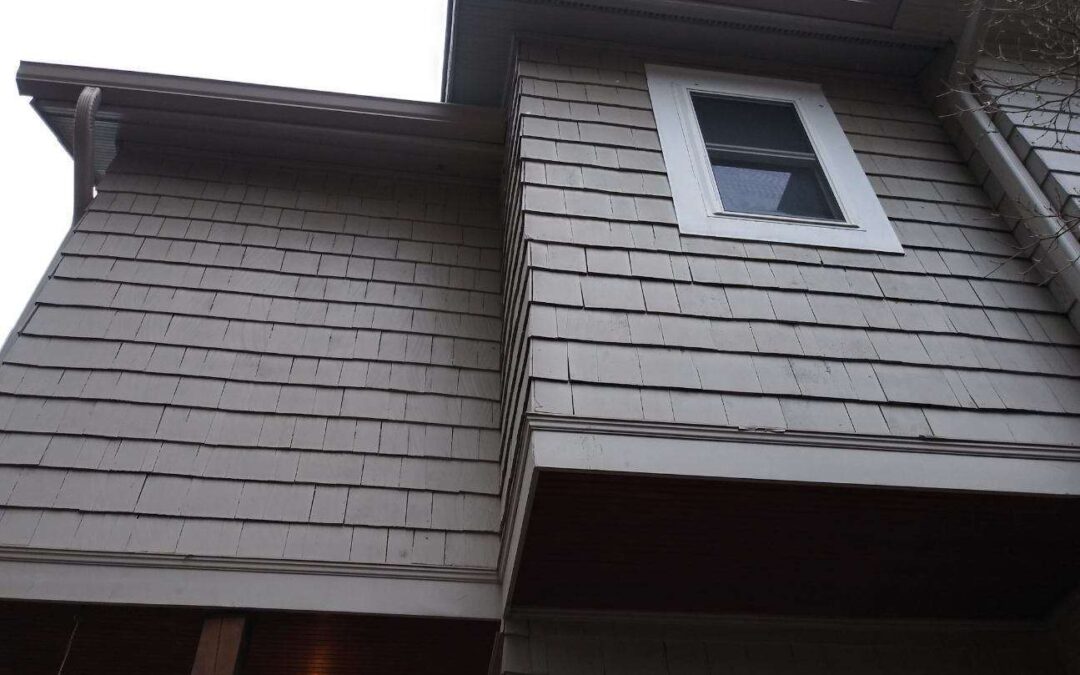When it comes to maintaining your home’s exterior, understanding the role and care of wood soffits is crucial. Big Orange Gutters, proudly serving Nashville and Knoxville, TN, is here to help you explore everything you need to know about wood soffit repair and replacement. This blog is designed to provide valuable insights into keeping your soffits in top condition without making any commitments or promises about specific services.
What Are Wood Soffits?
A soffit is the underside of a roof’s overhang, connecting the edge of the roof to your home’s exterior walls. Wood soffits are a classic choice, valued for their natural beauty and ability to complement various architectural styles.
Functions of Wood Soffits:
- Ventilation: Many soffits are vented to allow airflow into the attic, reducing moisture buildup and preventing mold.
- Protection: Soffits shield the underside of the roof from weather elements, such as rain, snow, and wind.
- Aesthetic Appeal: A well-maintained wood soffit adds charm and enhances your home’s curb appeal.
Common Problems with Wood Soffits
Although wood soffits are durable, they can face certain challenges over time:
- Rot and Decay: Prolonged exposure to moisture can lead to wood rot, compromising the soffit’s structure.
- Pest Damage: Insects like termites or birds nesting in soffits can cause significant harm.
- Peeling Paint: Exposed wood from peeling paint is more vulnerable to weather damage.
- Blocked Ventilation: Dirt or debris can clog vented soffits, hindering proper airflow.
Signs You Need Soffit Repairs or Replacement
Regular inspections can help you catch issues early. Here are some signs that your wood soffits may need attention:
- Visible Rot or Soft Spots: Rotting or crumbling wood indicates moisture damage.
- Pest Infestation: Holes or nests in the soffit often mean pests have taken up residence.
- Cracks or Sagging: Structural damage or sagging soffits may require immediate repair.
- Ventilation Problems: If you notice attic moisture or increased utility bills, blocked soffit vents could be the culprit.
Steps in Wood Soffit Repair
Repairing wood soffits involves several important steps:
- Inspection: Evaluate the extent of damage, looking for rot, pests, or ventilation issues.
- Removing Damaged Sections: Carefully remove any compromised wood.
- Replacing with Matching Materials: New wood is cut to size and installed to blend seamlessly with the existing soffit.
- Painting or Staining: Protect the new wood with paint or stain to guard against future damage.
When Replacement is the Best Option
While repairs can address minor issues, there are situations where replacing the entire soffit is more practical:
- Widespread Damage: Extensive rot or decay across multiple areas may warrant replacement.
- Recurring Issues: Frequent repairs could indicate that the soffit’s lifespan has been reached.
- Improved Materials: Upgrading to modern materials may enhance durability and performance.
Maintaining Wood Soffits
Preventative maintenance is key to extending the life of your wood soffits:
- Regular Inspections: Check for signs of wear or damage twice a year.
- Gutter Maintenance: Keep gutters clear to prevent water overflow that could damage soffits.
- Fresh Paint or Stain: Repaint or restain every few years to protect the wood.
- Quick Repairs: Address minor issues promptly to prevent further deterioration.
Conclusion
Wood soffits are an integral part of your home’s exterior, combining functionality and aesthetic appeal. Understanding how to care for them and recognize signs of damage can help you maintain their longevity and keep your home in excellent condition.
Big Orange Gutters, with locations in Nashville and Knoxville, TN, emphasizes the importance of homeowner education. By staying informed about wood soffit repair and replacement, you can take proactive steps to protect your home and enhance its beauty. A little care goes a long way in preserving this essential feature of your property.

